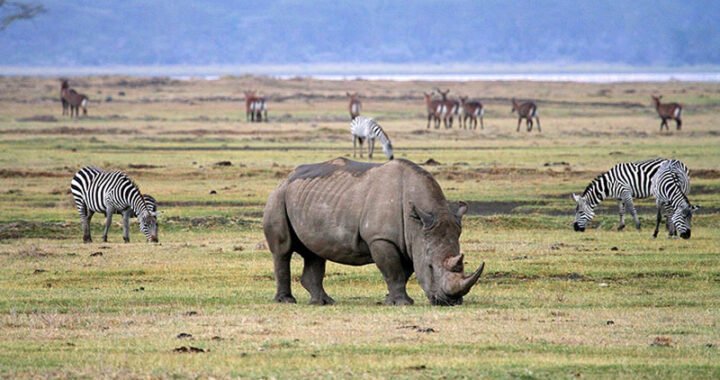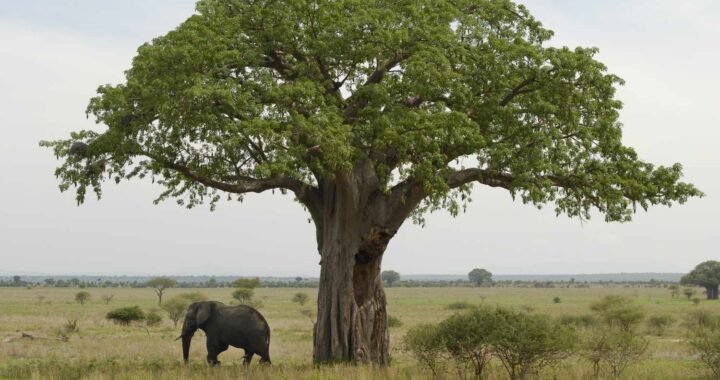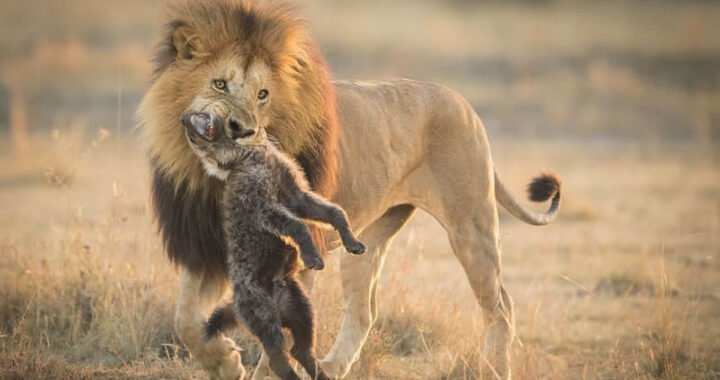Serengeti National Park is by far one of the world’s most sought for game viewing destinations. The park is most popular for its powerful wilderness experiences including the Great Migration (also best known as Africa’s greatest wildlife spectacle).
Location, formation and size
Serengeti National Park situated in the Northern tourist circuit of Tanzania. This park spans was gazetted in 1952 and is also a recognized UNESCO World Heritage Site. Serengeti National Park expands up to 14763sq.km, featuring endless grassy plains where diversity of fauna are concentrated.
Key areas that make up Serengeti
About 4 major areas make up Serengeti National Park and include Western corridor, Central (Seronera), Southern and Northern sections. The Seronera Serengeti is perfect for visitors with limited time and want to explore the park’s abundant wildlife. This particular section is known for its huge concentrations of leopards. It is in this area where you can find the Seronera River, a key area where variety of wildlife confine. It is also a busiest part of Serengeti National Park and interestingly, it has myriad of safari lodges and camps.
Western corridor and Grumeti –The Western corridor is one of the remotest parts of Serengeti Park and extends up to Lake Victoria. It is here where there is the Grumeti River- a key area where you can witness the powerful wildebeest rivers migration crossing.
The Northern Serengeti is known for its remoteness and isn’t busy as other areas. It is ideal to visit this area around July, August, and September. Due to its strategic location, visitors can enjoy the wildebeest crossing on the Mara River.
Southern (Ndutu) Serengeti –This is where the Great Migration starts from and during the calving season, (February), several wildebeest calves can also be spotted. Ndutu is best to be visited around December, January, February and March.
Wildlife in Serengeti
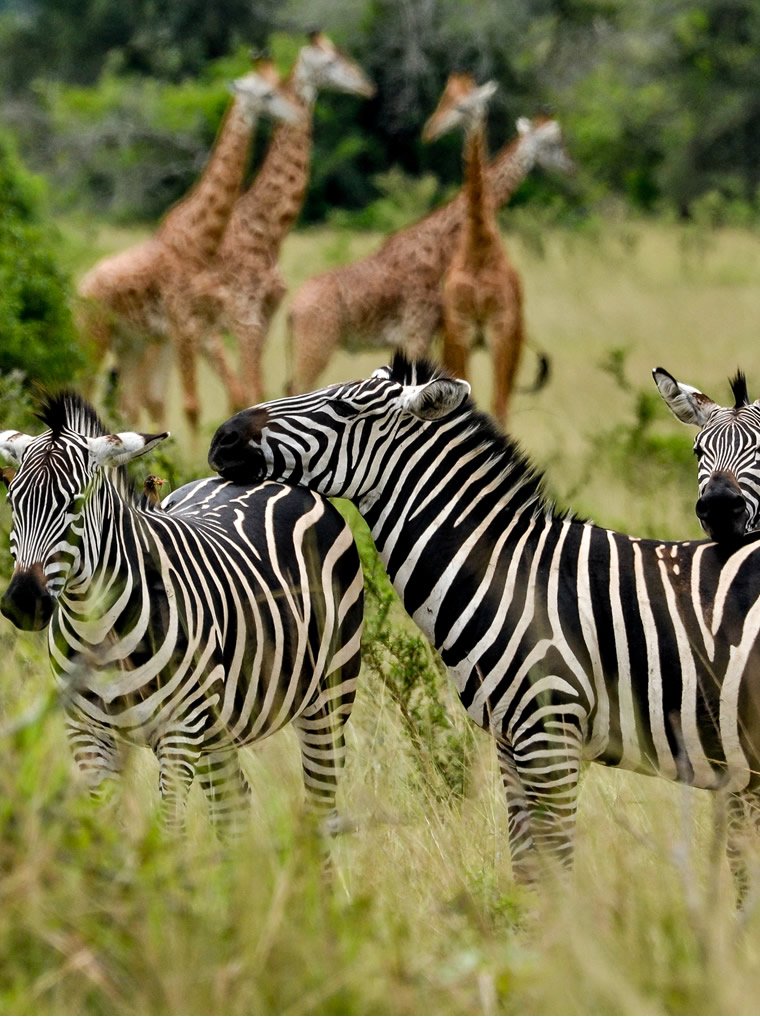
Serengeti holds some of the highest concentrations of wildlife on African continent.
The vast 14763sq.km protected area shelters diversity of fauna and flora.
Some of the notable wildlife that live in Serengeti include zebras, impalas, Thompson’s gazelles, grant’s gazelles, wildebeest, hyrax, hyenas, cheetahs, caracals, buffaloes, hartebeest, genet, monitor lizards, giraffes, mongoose, crocodiles, aardwolf, hares, colobus monkeys, baboons, elephants, rhinos, lions, bat eared fox, leopards, to mention but a few.
Birds of Serengeti
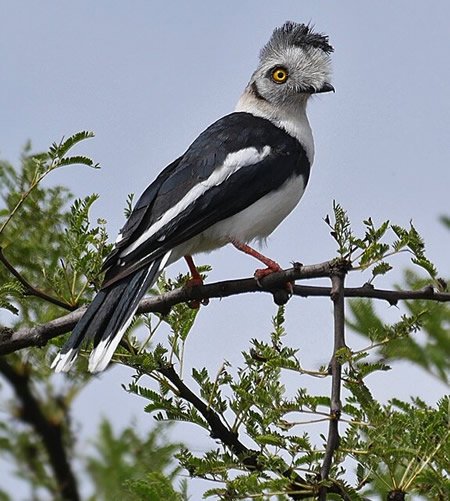
A total of 500 species of birds survive in the various parts of Serengeti National Park.
They include the green backed woodpeckers, black headed gonoleks, Schawlow’s turacos, grey breasted spur fowl, Fischer’s lovebird, Usambiro barbet, rufous tailed weaver bird, Southern ground hornbills, Egyptian goose, spur-winged goose, mourning collared dove, laughing dove, rock pigeon, Kori bustard and secretary birds;
Northern shovelers, African pygmy goose, Southern pochard, crested guinea fowl, helmeted guinea fowl, yellow billed ducks, knob-billed ducks, fulvous whistling ducks, hottentot teal, Eurasian wigeon African black ducks, Maccoa ducks, Namaqua dove, Eastern plantain eater, bare-faced go-away bird, hartlaub’s turacos, Schawlow’s turacos,
Freckled nightjars, pennant winged nightjars, square-tailed nightjars, slender-tailed nightjars, Dideric cuckoos, pied cuckoos, African emerald cuckoos, Levaillant’s cuckoos, horus swift, lesser moorhen, African swamp hen, African crakes, African palm swift, white-fronted plover, three banded plovers, greater painted snipe, wattled lapwing, jack snipe, gray hooded gull, African skimmers, white winged tern, long-tailed cormorants, yellow billed stork, African open bill, woolly-necked storks, black stork, squacco herons, black crowned night herons, purple herons, glossy ibis, and others.
Things to do in and around Serengeti National Park, Tanzania
Birding
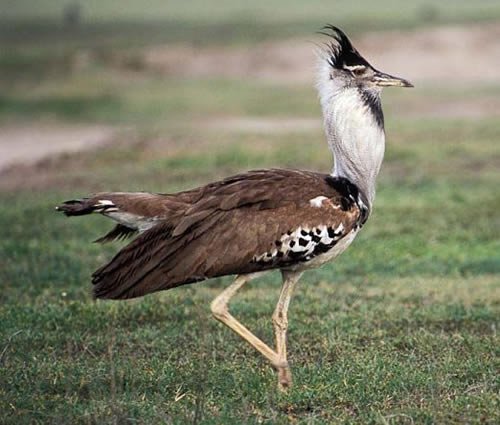
Birding is with no doubt one of the memorable safari experiences you should consider enjoying in Serengeti.
Over 500 species of birds survive in the diverse habitats in Serengeti and include the common buzzard, pallid harrier, African fish eagle, Eurasian marsh harriers, eastern chanting goshawk, African hawk eagle, pearl spotted owlet, African wood owl, Southern white faced owl, speckled mouse bird, blue napped mouse bird, kingfishers, hornbills, cinnamon-chested bee-eaters, European rollers, broad-billed rollers, European bee-eaters, woodpeckers, pygmy falcons, parrots, cuckoos, tchagra, short tailed larks, miombo wren warblers, yellow bellied eremomera, and others.
Witness the great migration
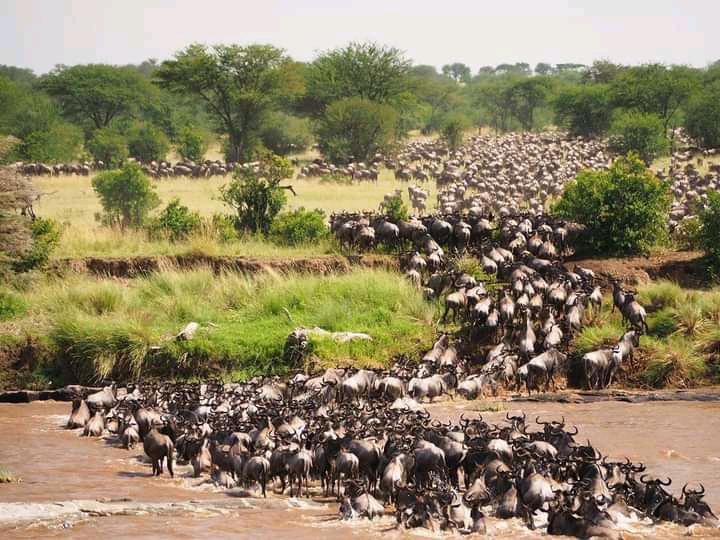
Serengeti National Park is one of the best places where you can closely witness the powerful wildebeest migration.
Over 1.5 million wildebeest migrate between Serengeti-Maasai Mara ecosystems each year.
Accompanying the wildebeest, there are gazelles and zebras. This occurs especially around July and October.
Game drives
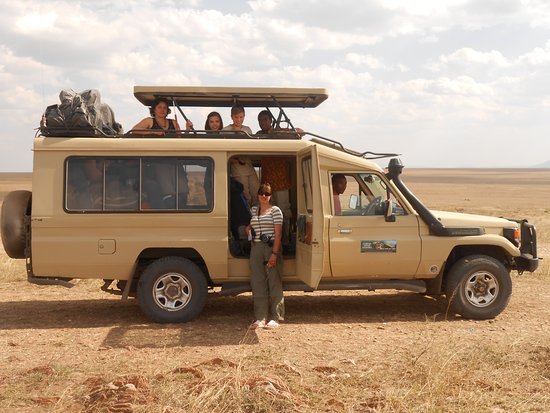
Serengeti National Park is an all year-round game viewing destination.
Aside from observing the powerful wildebeest migration, there is chance to explore other diverse wildlife on a guided game drives.
These include the cape buffaloes, elephants, leopards, rhinos, lions, cheetahs, giraffes, and also some interesting bird species.
You can embark on normal day guided game drive and this is perfectly done using a comfortable 4×4 safari vehicle.
Balloon excursions

Hot air balloon excursions are must-do on Tanzania tour in Serengeti.
Balloon excursions are available all year round and you can have the sunrise or sunset session, each guaranteeing you exceptional encounters. Balloon tours offer the best aerial game viewing experiences to all nature enthusiasts and ideal spots in Serengeti include the Ndutu area, Seronera as well as the Western and Northern side of the park.
Cultural experience
Serengeti safaris are flexible in that a visitor can easily combine the big five game/the great migration with cultural experiences. Living adjacent to Serengeti National Park are the Maasai people and on a guided cultural tour, expect to have a deep understanding of the locals unique cultures, traditions, practices and also enjoy their dances and music performances.
Best time to get to the park
Serengeti National Park is generally an all-year round wildlife destination. But the most preferred period to explore the park’s wonders is around June, July, August, September then December, January and February. June and July are excellent months of the year, especially for nature lovers interested in witnessing the great migration. Around the western corridor and northern section of the park, you have clear view of wildebeest in the months of August and September. Then if you are interested in breeding experience, consider visiting Serengeti around January and February.
Accommodation choices to stay in
Serengeti National Park is one destination with diverse accommodation options. Every guest has a place to stay in whether you are interested in budget, midrange or luxury accommodation. Serengeti is comprised of accommodation options such as Singita Mara Camp, Lemala Nanyukie Tented Lodge, Sayari Camp, Four Seasons Safari Lodge, Serengeti Serena Lodge, Kubu Kubu Tented Lodge, Serengeti Sopa Lodge, Dunia Camp, Olakira Migration Camp, AndBeyond Klein’s Camp, Pumzika Luxury Safari Camp, Nomad Serengeti Camp, Namiri Plains Camp and more.
How to get to Serengeti Park
Tourists can easily access Serengeti by road or air. Setting off from Arusha to Serengeti National Park takes approximately 8 hours and a 4×4 safari vehicle is ideal for your road trip. There are different access gates to Serengeti Park including Naabi Hill gate which is only 45km off from Seronera, Ndabaka gate along the western corridor, Klein’s gate in the North-eastern side of the park and Bologonya gate.
By air –This is the fastest means in which guests can get to Serengeti National Park. You take off from Arusha or Dar –es-salaam to one of the airstrips in the park including the Seronera Airstrip. Other airstrips that serve Serengeti National Park include Serengeti Kusini airstrip, Lobo airstrip, Kirawira B airstrip, Kogatende airstrip, and Fort Ikoma airstrip.

